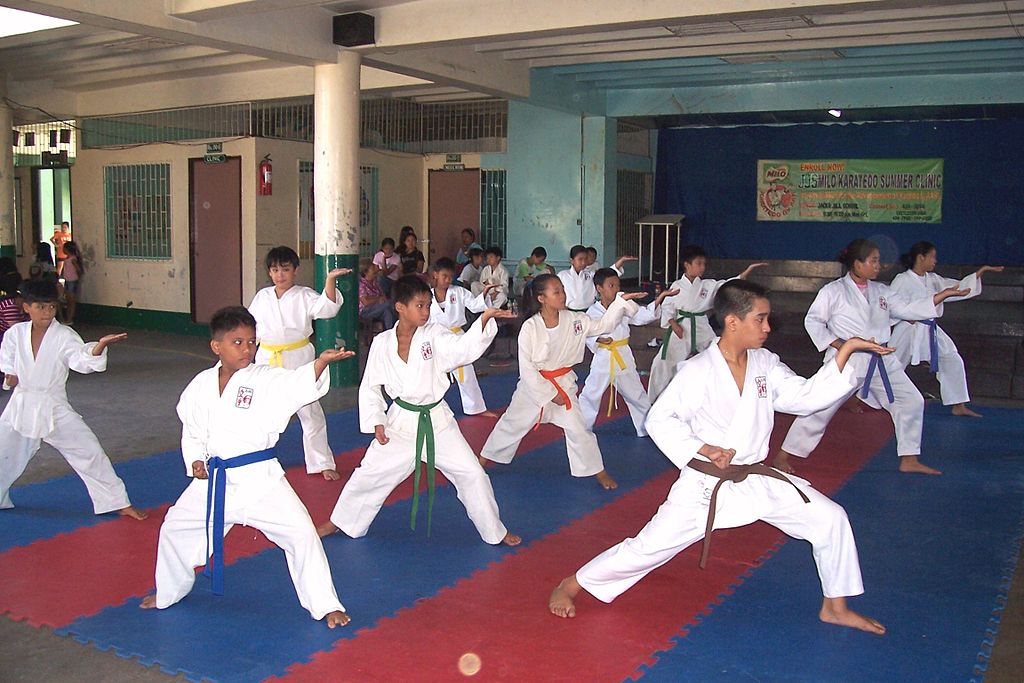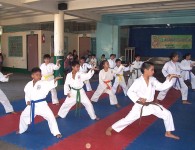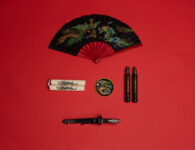If you’ve been following the news lately, you might have seen some startling martial arts-related headlines popping up over the past few days. On November 28, the CBC ran a story under the headline “Martial arts can be hazardous to kids.” I4U News ran a similar story titled “Martial Arts Can Pose Danger For Kids, Study Finds” the following day.
If you, like us at the AWMA blog, are big believers in the positive impact that martial arts training can have on students of all ages, then this news was definitely a cause for concern. But, after some more digging, we have some good news: The report is not nearly as dire as it sounds – and it’s actually a very thorough and helpful look at how to help young martial artists stay safe and healthy with age-appropriate training.
We here at the blog are not experts – and we’re not here to tell you what kind of choices you should make when it comes to the well-being of your children – but we have assembled the following information to help you make the best and most informed choices possible:
The study mentioned in the story, “Youth Participation and Injury Risk in Martial Arts,” was a clinical report produced for the American Academy of Pediatrics by Rebecca A. Demorest and Chris Koutures. It’s currently available online here and will be published in the December issue of the AAP’s Pediatrics journal.
As the AAP’s release on the study (which comes with the far less alarming header “Good moves: Martial arts can offer striking benefits but caution advised”) explains, the purpose of the report, which reviews the limited data that is available on martial arts and the risk of injuries in children (most of the research that’s been done on the subject has focused on adults) “and provides general recommendations and guidelines for clinicians to use during discussions with patients and their families.”
Some of the report’s observations are downright positive. “Martial arts can be effective tools for building muscle strength and balance and enhancing flexibility in children and adolescents, as well as positive interventions and activities in which to help build cognitive function, self-esteem, self-respect, and self-awareness,” Demorest and Koutures write in the introduction.
From there, they go on to explain different types of training (Karate, Taekwondo, Judo, Muay Thai, and Mixed Martial Arts all receive detailed backgrounds) and explore the risks involved in each of those areas. They also look at the use and efficacy of various protective gear, and the role that media perception has played in the perception of younger people participating in MMA.
The author’s conclusions address the benefits of martial arts for kids and also make some very practical and smart suggestions about which approaches and what kinds of training are the safest and most responsible for developing minds and bodies.
When it comes to the potential for combat and contact they write: “Children and adolescents should only participate in martial arts classes or competitions supervised by instructors with appropriate training regarding proper teaching of the particular activity and understanding of a child’s limitations based on age, maturity, stature, and experience. Martial arts competition and contact-based training should be delayed until children and adolescents have demonstrated adequate physical and emotional maturity during noncontact preparation and have demonstrated competency with noncontact forms, movements, and techniques.”
If and when sparring is appropriate, they stress the need for proper education and awareness for everyone involved: “For those martial arts disciplines that involve sparring, rigorous enforcement of rules prohibiting excessive force, dangerous movements, or blows to forbidden areas should be encouraged, with safety education promoted for all instructors, officials, and participants. Instructors and officials are encouraged to have an appropriate understanding of the rules and safety qualifications.”
The report, which we recommend reading in full, also addresses, in-depth, the role(s) that pediatric health care professionals can play in increasing awareness of proper defense techniques, decreasing head trauma in sparring, and potentially even working to change rules in sports where strikes to the head are currently common. The efficacy of protective gear and the problems with youth participating in mixed martial arts are also evaluated.
So there you have it! Far from warning parents about the dangers of all martial arts training and encouraging the 6.5 million children in America who currently participate in some sort of training to quit, “Youth Participation and Injury Risk in Martial Arts” is actually a tool that we can use to make sure that our practice – and the practice of our younger children and teammates – is as healthy, appropriate, and effective as possible. None of these observations about age-appropriate lessons, choice of martial art, and responsible use and/or avoidance of contact will come as a surprise to a dedicated martial artist or martial arts lover. But it can’t hurt to add a more clinical perspective to the mix. When it comes to the well-being of you and your loved ones, there’s no such thing as being too informed!
So read up, stay safe, and have fun!
Have you read the report? Did you find it helpful? How do you take care of your own health and safety while training? Let us know in the comments!




















